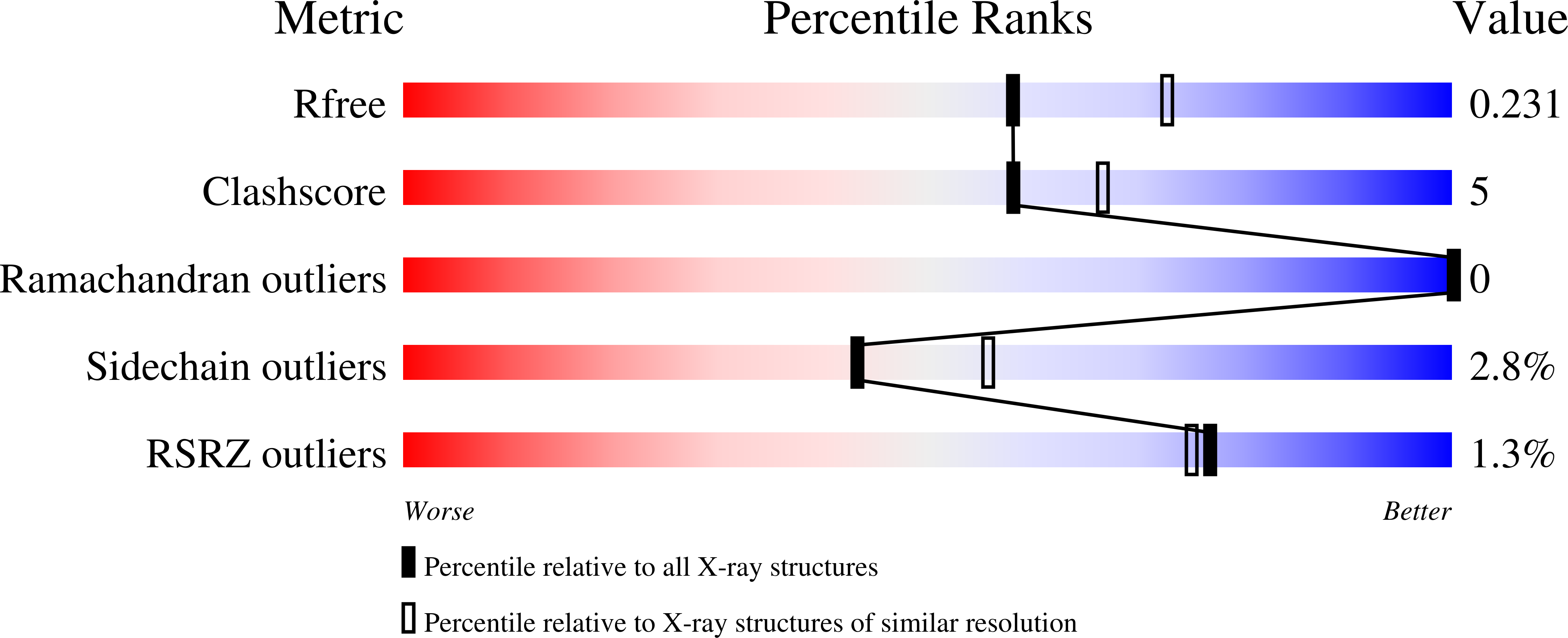
Deposition Date
2023-02-18
Release Date
2023-06-21
Last Version Date
2024-11-13
Entry Detail
PDB ID:
8G8O
Keywords:
Title:
The crystal structure of JAK2 in complex with Compound 31
Biological Source:
Source Organism:
Homo sapiens (Taxon ID: 9606)
Host Organism:
Method Details:
Experimental Method:
Resolution:
2.20 Å
R-Value Free:
0.23
R-Value Work:
0.18
R-Value Observed:
0.18
Space Group:
P 1 21 1


